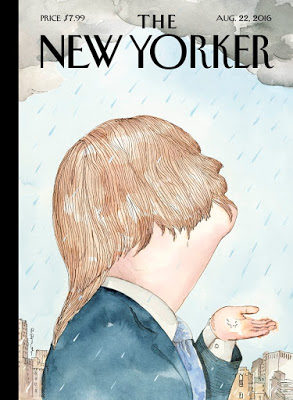↵

The US dollar closed the pre-weekend session well off its lows that were seen in response to the disappointing retail sales report.  It has been unable to sustain the upside momentum, and as North American dealers prepare to return to their posts, it is trading lower against most of the major currencies. The notable exceptions are the Scandi-bloc, which are consolidating last week’s gains, and sterling, which remains pinned near $1.29.
The main economic news was the disappointing Japanese Q2 GDP.  The world’s third largest economy stagnated in Q2 (quarter-over-quarter). Economists had expected a small increase (~0.2%) after 0.5% in Q1.  On a seasonally-adjusted annualized basis the economy grew 0.2%.  The market expected something closer to 0.7%.  News that Q1 was revised up to 2.0% from 1.9% did not take the sting away from the disappointment, Â
Consumption remained weak with a 0.2% increase, which was widely anticipated.  In the first three months of the year, consumption rose 0.7% (initially it was reported at 0.6%).  Business spending fell 0.4% after a 0.7% decline in Q1.  It has not declined in the first two-quarters of the year since 2009. Net exports reduced GDP by 0.3 percentage points. The GDP deflator eased to 0.8% from 0.9%.  It is the third consecutive quarter that the deflator fell. Â
If the disappointing Japanese data was supposed to add pressure on the BOJ to provide more stimulus when it meets next month, it is not evident in the market response today.  The Nikkei eased 0.3%, while the yield of the 10-year JGB rose two bp to minus 9.  The yen is the strongest of the major currencies today, gaining 0.3% against the US dollar.  The greenback is sitting just above the shelf forged over the past two weeks in the JPY100.65-JPY100.80 area. Â
Sterling continues to trade heavily, but the bears have been unable thus far to push it below $1.2900.  The main news was the house price index from Rightmove.  It slumped 1.2% in August, which leave its up 4.1% year-over-year.  It is the second consecutive monthly decline and the lowest year-over-year pace since May 2015.  What this metric shows is that house sellers are lowering their asking price, which is what other surveys have also shown. Â

